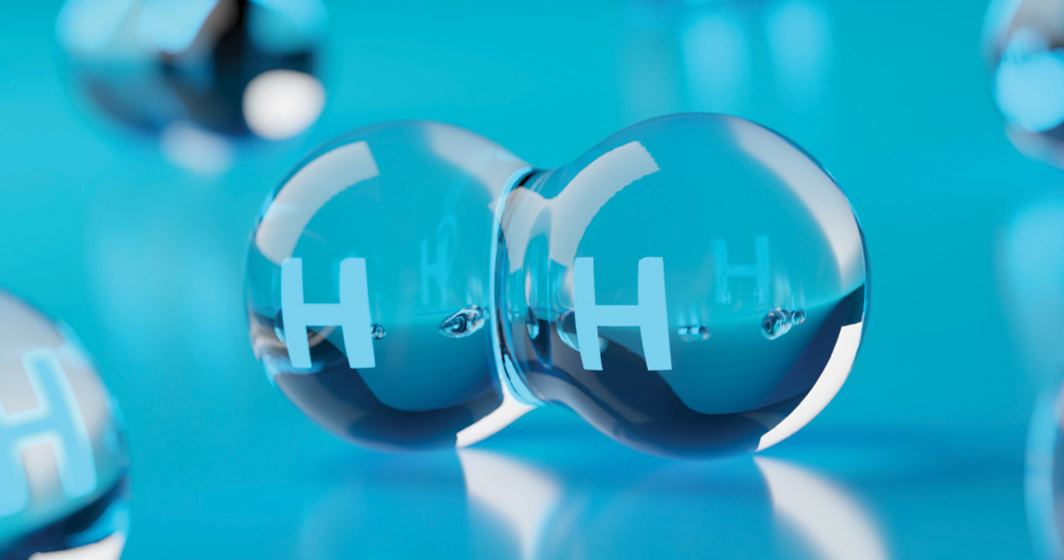The submission highlights that while the long-term pathway towards net zero emissions is inherently uncertain, the planned transition away from natural gas towards green hydrogen will play a key role.
“Hydrogen has the potential to change the game in terms of renewable energy. Hydrogen can be burnt for heat in place of natural gas across a range of uses - homes and businesses, in heavy industry and for electricity generation,” reads the submission.
As the Industry asserts, Victoria is in a unique position to take advantage of a hydrogen-focused future. “Victoria has one of the most sophisticated and safe gas pipeline systems in the world [and] some of the best hydrogen enabling infrastructure in the world,” reads the submission.
And while the state is also more reliant on gas as a fuel source than any other state or territory - with more than two million connections and 65 per cent of the nation’s total residential use - this can be seen as a competitive advantage.
“Pipe infrastructure is key to hydrogen utilisation. Hydrogen cannot be safely distributed to and connected in homes and businesses without pipelines and related infrastructure. Victoria has in place some of the most extensive and well-maintained pipeline infrastructure in the world.”
For Victoria to not only be able to set but achieve its emissions target, it needs to retain, maintain and potentially adapt its existing gas pipeline infrastructure.
Also critical is ensuring that the electricity network capacity, which is limited, is used efficiently and acknowledging that premature full electrification of the network would have a detrimental impact on existing gas connections and in turn hinder the development prospects for green hydrogen production.
As the submission points out, “The existing network capacity is already stretched, especially at peak times, and where short demand spikes occur, demand already exceeds the capacity of the network.
“This is primarily because Victorian residents are much more reliant on heating than residents of most other Australian jurisdictions; and significantly more reliant on natural gas to provide the energy for that heating than any other State or Territory.”
That means that the current policy direction which appears focused on full electrification as the key to reducing energy sector emissions should not be considered mutually exclusive with hydrogen substation - rather, the two measures should work in parallel.
“Unless or until the electricity network capacity is significantly expanded (given current policy settings, at consumers’ cost) to meet the higher, persistent demand for electricity for winter heating load, full electrification will potentially cripple the networks at peak times.”
Instead, Industry recommends an emissions reduction plan recognising the potential value of the state’s gas networks to distribute hydrogen, while considering options to retaining and maintaining the gas connection and distribution architecture will keep Victoria’s energy options open. The submission also emphasises the importance of developing industry skills to adapt to climate change and reduce greenhouse gas emissions, a key part of which is safely using hydrogen.
“We see hydrogen as playing a key role going forward and so have focused heavily on preparing the industry to safely use hydrogen… if hydrogen is incorporated into the Victorian energy mix, plumbers’ gas fitting training can easily be modified to ensure the safe operation of the gas networks and facilities powered by hydrogen gas, as well as the safe maintenance of household gas appliances.”
Victoria already has over 20,000 licensed and registered gasfitters and ultimately, a focus on adopting hydrogen as part of Victoria’s energy mix would preserve the skills of those already in the industry, while opening the door for thousands of highly skilled, long term and low carbon jobs.
The economic benefits are also clear with the Council of Australian Governments (COAG) Hydrogen Working Group projecting that developing a Hydrogen Industry could create more than 7,600 new jobs and inject $11 billion into our economy by 2050.
The Victorian Government will set an emissions reduction target for 2031-2035 by March 2023.
For more information, visit engage.vic.gov.au/climate-action-target-2035

